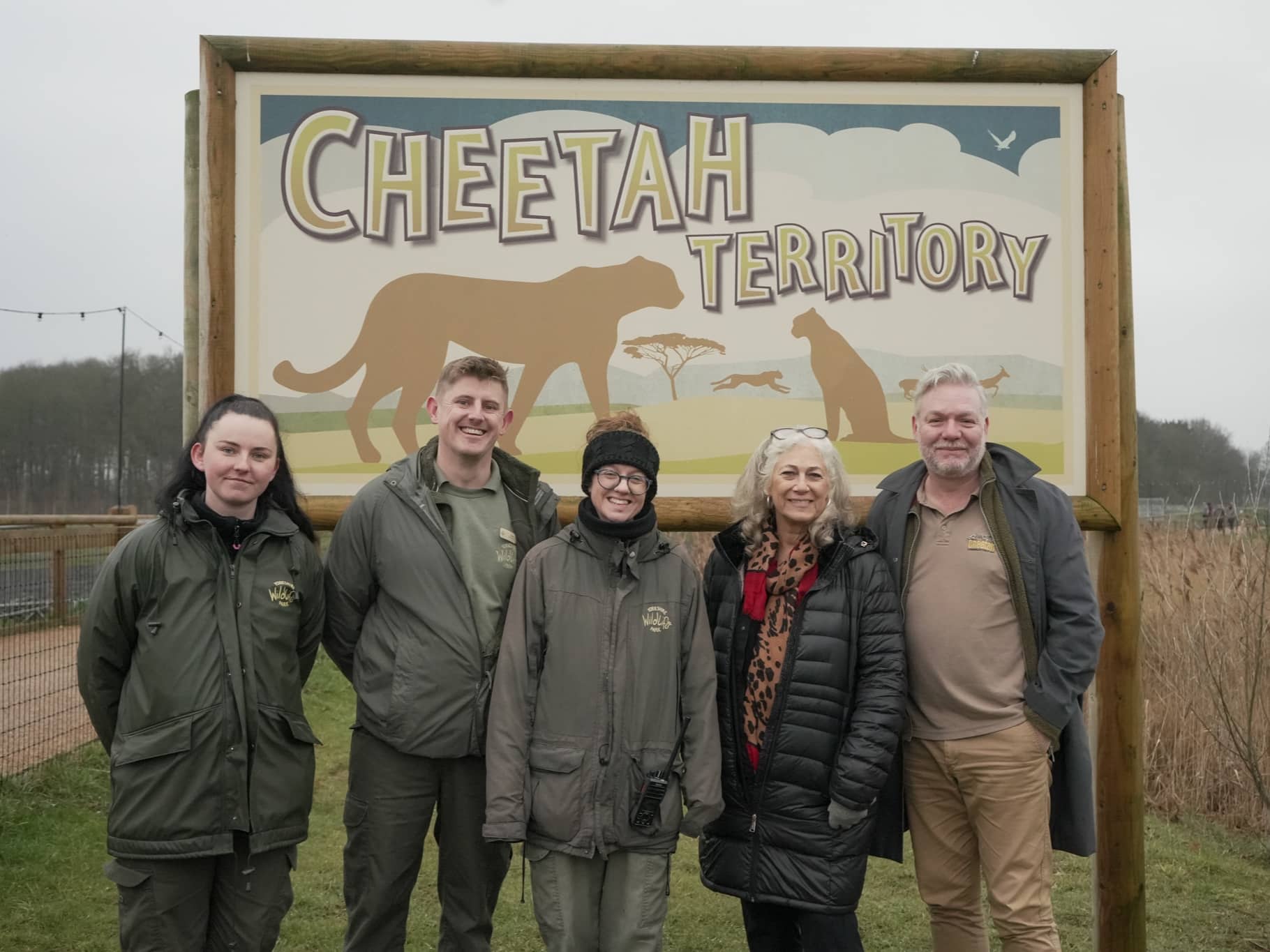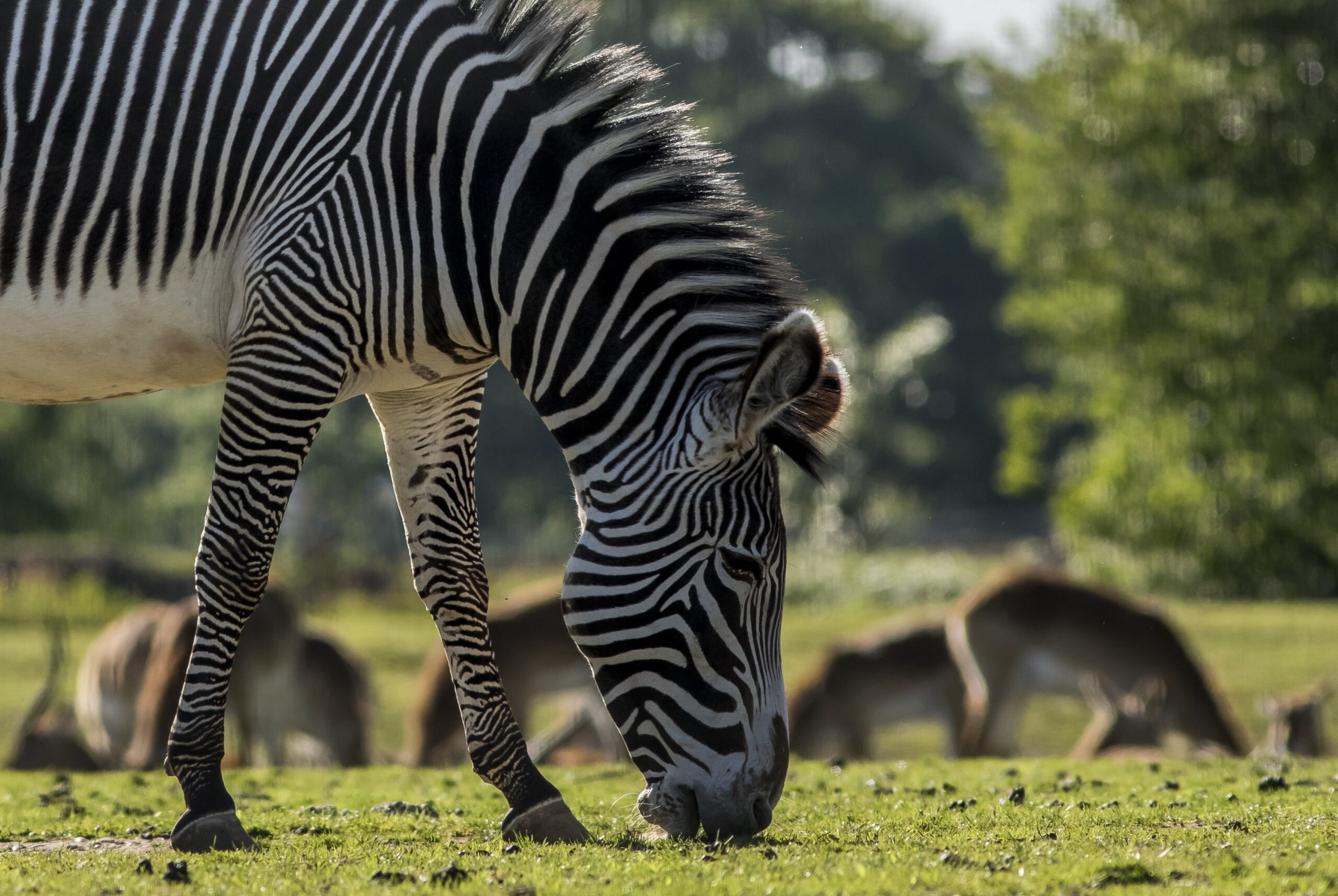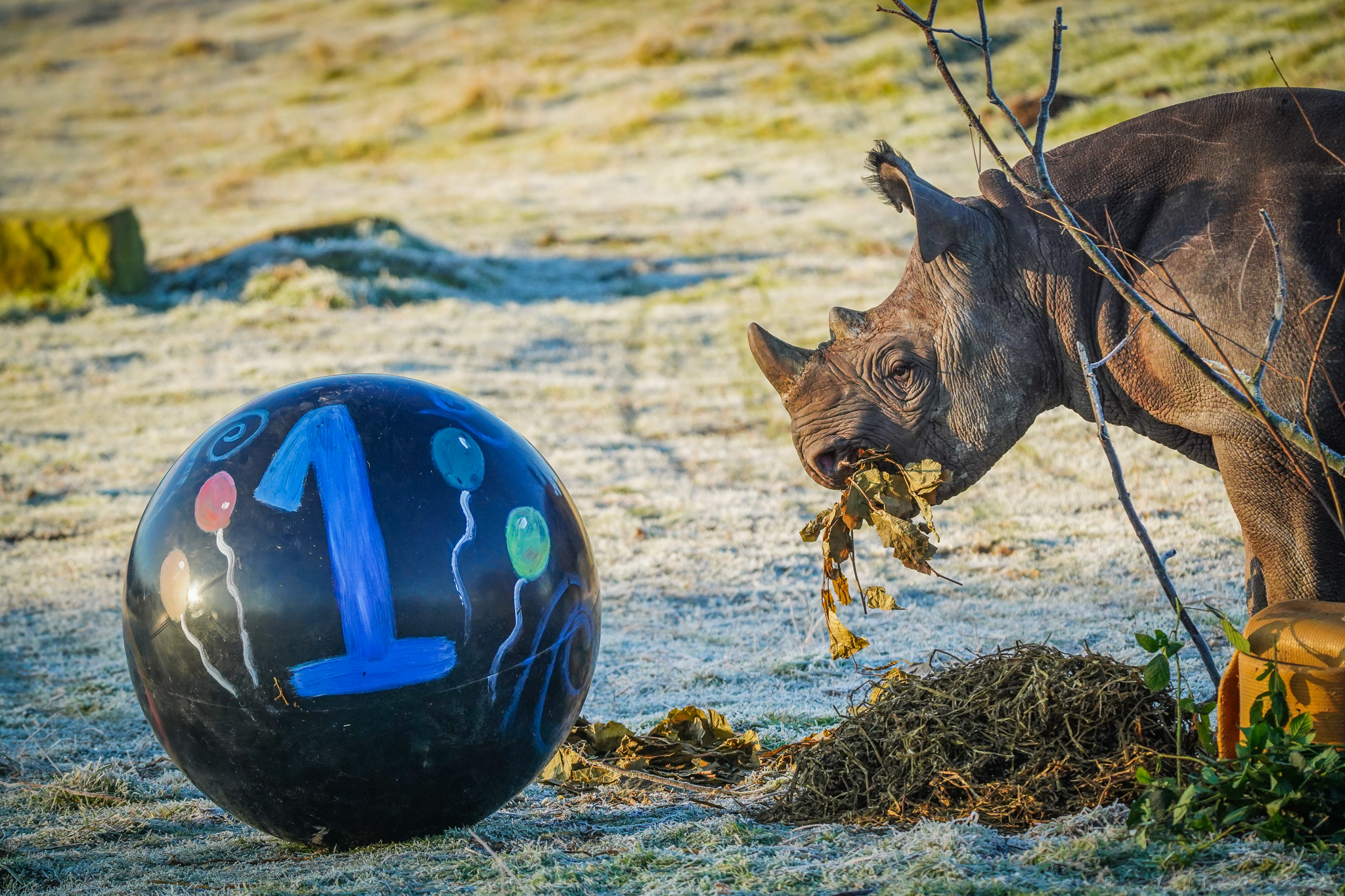Photo Credit: Alan Lee
A major study, supported by the WildLife Foundation, has discovered a range of trees resistant to climate change.
The discovery could have huge implications on the protection of animals threatened by disappearing habitats around the world.
The study, Reforesting for The Climate of Tomorrow, analysed the traits of 25 species of trees and other plants in Borneo’s Kutai National Park, home of the threatened East Bornean orangutans, and found a native palm and a hardwood that are resilient to fire.
WildLife Foundation helped the ground-breaking research, conducted by the International Union for Conservation of Nature (IUCN), which also discovered seven plants that are likely to be climate resistant while also being key food sources for the orangutans.
The report advocates positioning the plants alongside the vines the apes use for moving through the forest but planting programmes need to be in remote areas to avoid human conflict; a key threat to orangutans.
“Increasing drought and fires caused by a warming climate are important emerging threats to species-rich areas such as Kutai National Park,” said Alan Lee, lead author of the study and member of the IUCN SSC Climate Change Specialist Group.
“Selecting climate-resilient tree species can help protect the park and the orangutan populations it shelters from the impacts of climate change. We hope that the information in this study is taken up by all those working to restore this unique area of rainforest.”
Study co-author, Douglas Sheil, added: “There is a glimmer of hope in that populations of threatened East Bornean orangutans persist there and work continues to restore forest cover in the park.
“Selecting which species to plant is a significant contribution to restoring the health of this ecosystem. Of course, the reasons why forest cover was lost in the first place must also be addressed for reforestation efforts to succeed.”
Biodiversity in the park faces multiple threats including population expansion, hunting, forest clearing for agriculture, coal mining and climate change. The study was funded by Indianapolis Zoo, with Yorkshire Wildlife Park among key collaborators.
“This work is among the first of its kind, in that it moves away from more common approaches to identify species that are most threatened by climate change, and instead focuses on practical ways to restore ecosystems using species that will be resilient far into the future,” said Jamie Carr, the IUCN SSC Climate Change Specialist Group member who conceived and co-led the work.
“It identifies practical and political challenges that will need to be overcome if such restoration work is to be successful.”
Anne Russon, co-author of the study, said investigators had studied the impact of the 2015/16 El Nino drought, the most severe recorded, and climate warming on the park.
“We saw severe drops in wildlife numbers – from invertebrates to orangutans and other large mammals – and very high tree death rates in drier areas,” she said.
“Almost three years later it is clear that KNP’s forest and resident wildlife have recovered somewhat, but very slowly. Innovative studies like this stand to contribute importantly to nature conservation by offering constructive methods for buffering the effects of climate change.”
WildLife Foundation is at the forefront of global conservation, funding and collaborating on a range of projects that are helping save species and conserve nature.











